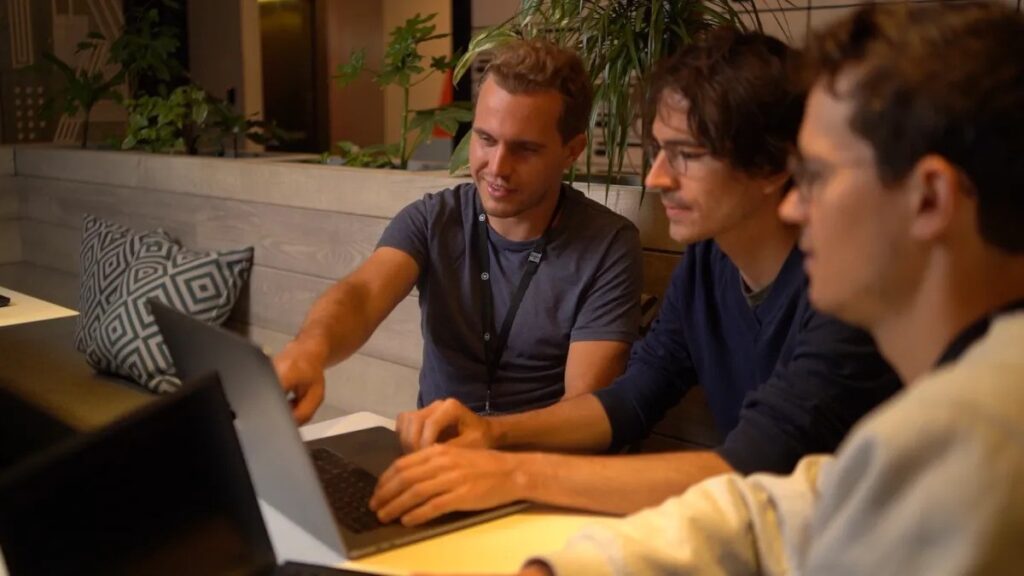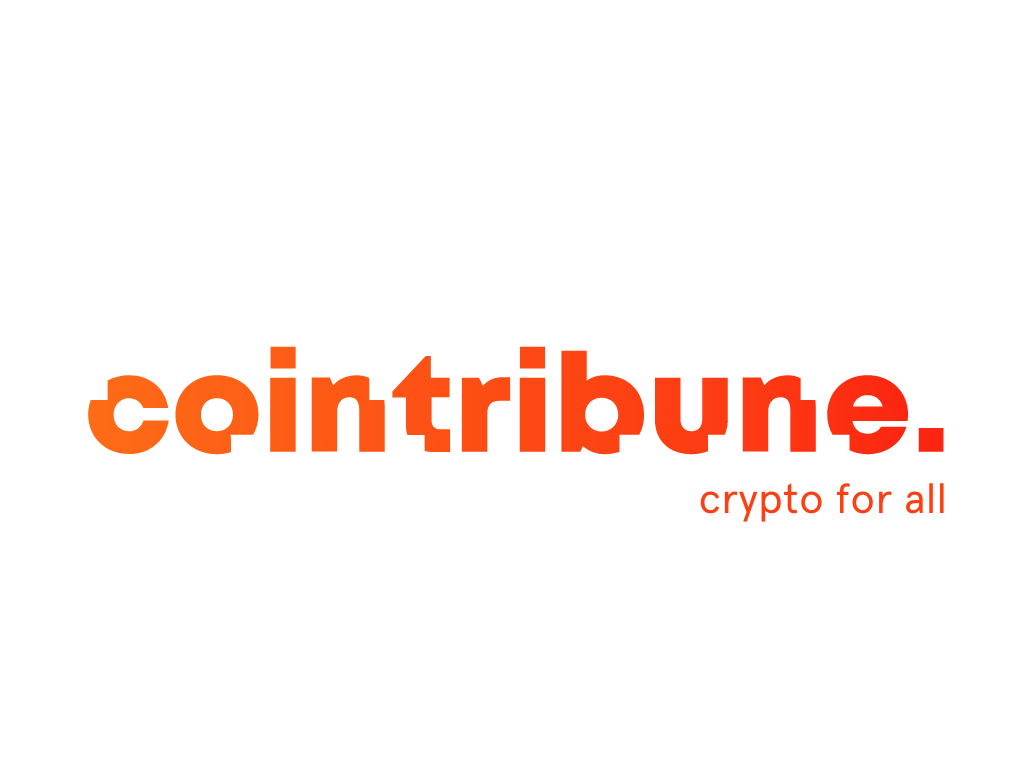Massa: A breath of fresh air in the crypto world – Explore the future of the decentralized web
0
0
Today, we have the opportunity to interview Sébastien, one of the founding members of Massa Labs, who will take us behind the scenes of this innovative company pushing the boundaries of blockchain technology. With a clear vision and cutting-edge technological developments, Massa positions itself not only as an alternative to existing blockchains but also as a pioneer in the future of the decentralized web. Join us to discover the inspiring origins of this project, its disruptive innovations such as autonomous smart contracts, and the exciting prospects that await Massa in the near future.

Could you describe the origins of the “Massa” project? How did three young scientists collaborate to envision the future of blockchain?
My fascination with blockchain technology began in 2017, captivated by its promises of decentralization. Since the advent of Bitcoin, it has become possible to create a peer-to-peer currency, and much more, thanks to rules codified directly into the source code.
As I delved deeper into this technology, I identified a major technical challenge: achieving fast consensus on data without a central authority. This decentralization, while beneficial, tends to reduce network performance and increase transaction fees. However, far from being discouraged, this realization motivated me to improve the existing technology.
The first steps towards this improvement were sketched out as drafts, quickly followed by a functional prototype. I then shared this outline with Damir, a friend I met during my preparatory class in Marseille. Together, we refined the idea, enriching the initial concept. Shortly thereafter, Adrien, a friend from the INRIA laboratory where I was writing my thesis and he was doing his post-doctorate, joined us. His contribution pushed the idea even further, fine-tuning the technology until it was ready for commercial launch.
In 2020, armed with these years of development and enriching collaborations, we founded Massa Labs. Our goal was clear: to revolutionize the blockchain field by optimizing performance while maintaining the principles of decentralization. Thus, from a simple curiosity and many collaborative efforts, the Massa project was born.
Massa, a new Layer 1 blockchain, another fallen hope like Ethereum with its exorbitant fees or Solana with its recurring bugs, or a real technological breakthrough for users?
Massa clearly stands out from other first-layer blockchains with its innovative and efficient approach. Unlike platforms such as Ethereum, with its sometimes prohibitive transaction fees, or Solana, which has encountered stability issues, Massa offers a tangible technological advancement for users.
Our unique architecture is based on parallel block technology, allowing us to achieve an unparalleled level of transactions per second in a fully decentralized network. To date, several thousand nodes actively participate in the consensus, ensuring high capacity and enhanced security without compromising decentralization.
This setup stands in stark contrast to other blockchains where either performance is limited, resulting in high fees as in the case of Bitcoin and Ethereum, or a limited number of nodes participate in block creation, as for Binance Smart Chain (BSC), Polkadot, or Hedera, thereby limiting their decentralization.
Since the launch of our mainnet in January 2024, between 1500 and 2000 nodes have been creating blocks daily, making Massa the most decentralized launch of a blockchain to date. Additionally, we have introduced innovations such as “autonomous smart contracts” and the “on-chain decentralized web.” These developments directly address current industry challenges and offer robust solutions to users, making them not only performant but also more autonomous and integrated within the blockchain.
Massa’s mission: A decentralized web, but what does it really mean?
Massa’s mission is to redefine the approach to the decentralized web, but what does this term really mean? Currently, many decentralized applications (dapps) on the blockchain claim to be decentralized because they operate through smart contracts for their back-end logic. Take Uniswap, for example, a cryptocurrency exchange platform that operates via smart contracts on Ethereum, as opposed to Binance, a centralized exchange using traditional servers. However, these platforms, while using smart contracts, have centralized user interfaces (frontends), such as app.uniswap.org for Uniswap and binance.com for Binance.
Recently, we’ve seen several hacking incidents on these dapps’ websites, for example, Curve Finance, Balancer, and the case of BadgerDAO where about 120 million dollars were stolen. In these situations, users were directed to a compromised website that siphoned funds from wallets instead of sending transactions to the smart contracts. There have also been incidents of censorship, like with NFTs on OpenSea. Thus, users of these websites do not fully benefit from the blockchain’s advantages, such as enhanced security against attacks and censorship, guaranteed by verifiable and immutable source code.
To address this gap, Massa is developing a decentralized DNS that will allow developers to choose a domain name directly on the blockchain, with the extension “.massa,” and associate it directly with the source code of their website, such as JavaScript, also hosted on the blockchain. This way, users can access dapps’ websites directly from the Massa blockchain, without ever going through a web 2.0 intermediary. This system substantially improves application security by ensuring that frontends cannot be modified or censored without users being informed. This innovation marks a significant step towards a truly decentralized web, where security and transparency are at the heart of the user experience.
The innovation of “autonomous smart contracts”? What exactly does it involve?
Massa’s “autonomous smart contracts” represent a significant advancement in the blockchain field. As with Ethereum, smart contracts require external interaction to be activated, meaning they cannot execute code autonomously without being triggered by an external action. This dependence limits their efficiency, as contracts often need to be manually triggered by users or automated by scripts on external servers, introducing potential vulnerability points susceptible to errors or attacks.
Massa transforms this model by introducing smart contracts that can be programmed to activate under certain predefined conditions, without external intervention. For example, an autonomous smart contract on Massa can be configured to automatically execute a specific function at regular intervals, like a computer that performs scheduled tasks. This autonomy provides a more intuitive and secure way to develop decentralized applications, reducing dependence on external servers and eliminating associated risks.
In summary, if Bitcoin can be considered a decentralized storage server and Ethereum a platform allowing computations in response to external interactions, Massa represents the evolution towards a true web 3.0 server. It combines the functionalities of traditional web servers with autonomous computations and a fully decentralized and secure infrastructure, thus setting a new standard for decentralized applications and services.
What are the recent developments and future initiatives planned for the Massa project? How will these advances influence the ecosystem and opportunities for participants and developers?
After a successful start with the listing on Bitget and Mexc on April 15, Massa established a bridge with Ethereum, facilitating the transfer of tokens between the two blockchains. This development was followed by the listing of several tokens on Dusa, Massa’s first DEX (Decentralized Exchange). These initiatives show that the Massa ecosystem is rapidly expanding.
Currently, there are attractive incentives for those interested in staking on Massa’s Layer 1, as well as for those who wish to provide liquidity on Dusa, with annual percentage yields (APRs) exceeding 100%. These opportunities are a boon for investors and participants in the ecosystem.
The Massa Foundation’s grant program attracts a wide range of projects, from DeFi to NFTs, including games, tools, and monitoring. The foundation also encourages the community to submit their own projects and regularly offers new rewards to stimulate innovation.
In the more distant future, Massa plans to integrate other exchange platforms and deploy its decentralized web concept. Improvements are also planned for autonomous smart contracts. Additionally, the project’s governance will be progressively decentralized to involve the community more.
A notable partnership with Starknet is underway, highlighting Massa’s commitment to collaborating with other technological leaders to strengthen its infrastructure and extend its influence.
With the introduction of revolutionary concepts such as autonomous smart contracts and the decentralized web, Massa directly addresses the security and decentralization issues that often hamper traditional blockchain technologies. Their vision for an ecosystem where operations are both transparent and secure could well establish new standards in the field.
0
0









